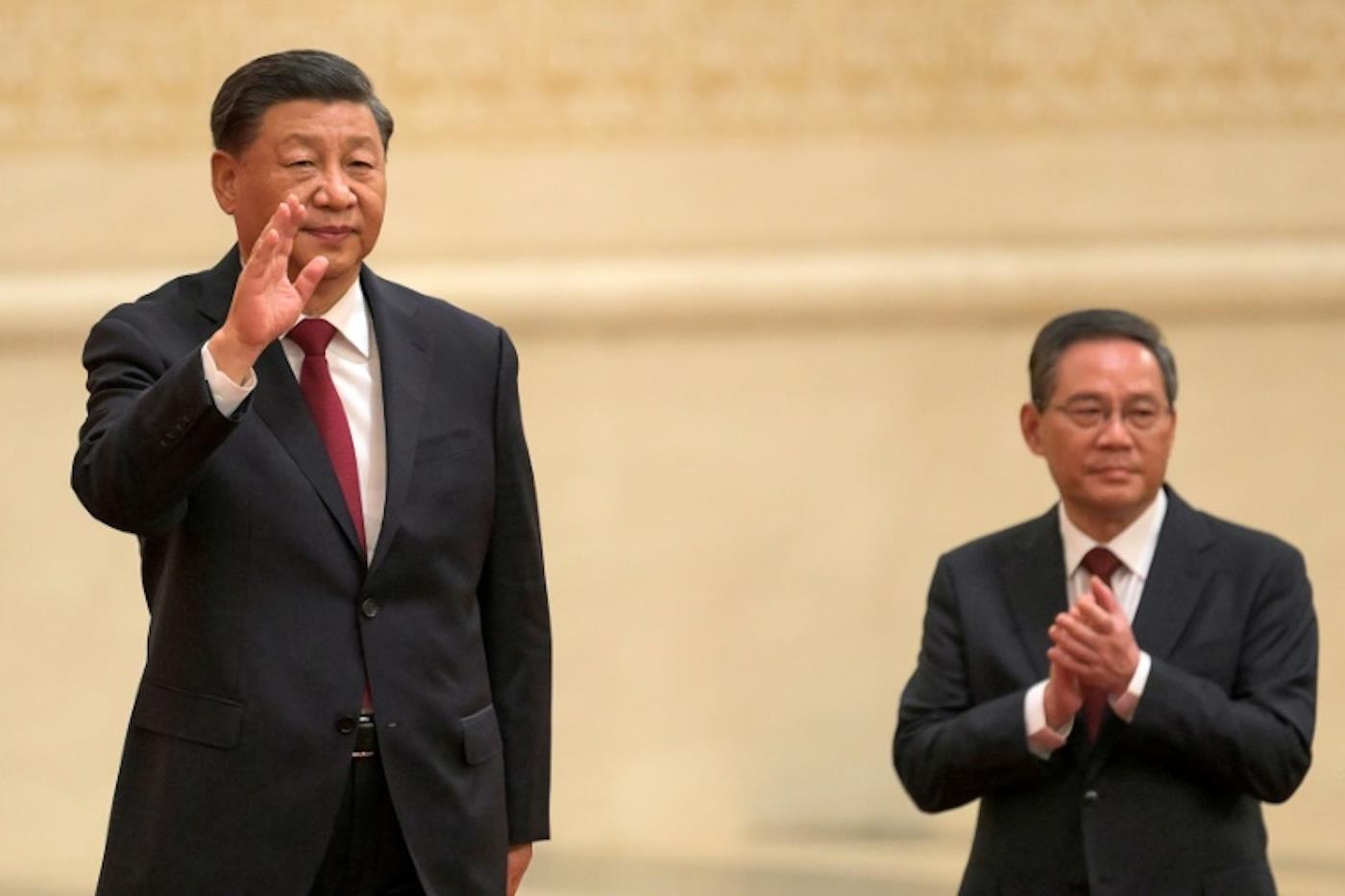
Time For China To Move Past GDP Growth Targets
This market ritual is playing out again this week as the“Two Sessions” meetings as part the National People's Congress that convenes and offers details – or at least smoke signals – on economic priorities heading into 2025.
None matters more in investment circles than Beijing's GDP target. And that's too bad, for it's high time for China to stop issuing one altogether, particularly as President Xi Jinping faces perhaps the most challenging economic moment of his decade-plus leading the Communist Party.
“The real estate issue is still unresolved and China's dependence on external demand will also encounter uncertainties due to the ongoing geopolitical tensions,” says Alicia Garcia Herrero, Asia Pacific chief economist at Natixis.
On Tuesday (March 5), Premier Li Qiang is widely expected to announce the roughly 5% growth target. The trouble with this annual GDP game, however, is that it weds China to an arbitrary goal that warps all financial incentives.
It's very much at the root of the credit and debt excesses that have plagued China in the years since the 2008 global financial crisis and the nation's epic stock crash in 2015.
Spread across Asia's biggest economy are 34 province-level administrative divisions. Each is led by ambitious Communist Party members with designs on national office.
The quickest way for any apparatchik to get on Beijing's radar screen is to turn in above-target economic growth year after year. This incentive structure helps explain why over the last decade-plus Chinese provinces engaged in an infrastructure arms race of sorts.
Look no further than the one-upmanship among metropolises scrambling to build bigger and better skyscrapers,
six-lane
highways, international airports and hotels, white-elephant stadiums, sprawling shopping districts and even amusement parks.

China hasn't intervened in the property market crisis as aggressively as many anticipated. Image: Twitter
This dynamic explains, too, much of the motivation behind the explosion of local government financing vehicl (LGFV) debt now estimated at around US$9 trillion.
Such growth incentives are also at the root of urgings from the
World Bank, International Monetary Fund and US Treasury Department to improve the quality of economic growth. That means disincentivizing prefectural leaders from generating growth for growth's sake.
The property crisis preoccupying Xi demonstrates the costs of putting the quantity of growth over its effectiveness. Even if the immediate default crisis raised by China Evergrande Group has simmered a bit, the nation remains highly exposed to the threat of a“rapid” housing market downturn, notes International Monetary Fund economist Henry Hoyle.
The IMF reckons that housing investment in China could soon be down as much as 60% from 2022 levels. That, Hoyle notes, could lower Chinese GDP to about 3.4% by 2028.

Legal Disclaimer:
MENAFN provides the
information “as is” without warranty of any kind. We do not accept
any responsibility or liability for the accuracy, content, images,
videos, licenses, completeness, legality, or reliability of the information
contained in this article. If you have any complaints or copyright
issues related to this article, kindly contact the provider above.




















Comments
No comment